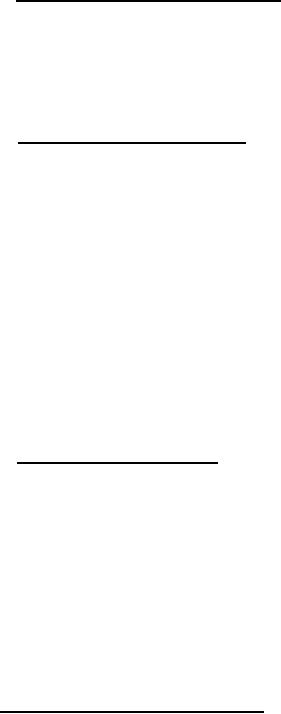 |
|||
|
|
|||
| ||||||||||
|
|  MIL-D-19326H
3.4.1.3 Oxygen regulator air dilution. The oxygen added to air ratio depicted
in Figure 9 as Curve B is typical of the performance achieved with the CRU-73
oxygen regulator. When significantly different dilution performance is provided
by the selected oxygen regulator, as established by cyclic test results approved
by the acquiring activity, the applicable oxygen added curve shall be substituted
for Curve B and appropriate oxygen usage rates calculated for use in lieu of those
given in Table I under "Air Dilution."
3.4.1.4 Design oxygen requirement. The oxygen system supply capacity shall be
calculated from the requirements given in Table I with applicable adjustments for
crew size and the provisional factors given in Tables ll-and III. In passenger
aircraft, it shall be assumed that, in the event of loss of cabin pressure, the
pilot will descend immediately to an altitude not requiring oxygen for passenger
stabilization, and then, if necessary for fuel conservation, climb to a more
economic cruise altitude which shall not exceed 25,000 feet (7,620 meters).
Determine the oxygen quantity required for passengers by using the design flow
rates given in Table IV. The oxygen shall be dispensed from constant flow masks
selected for their suitability for use up to the maximum cruise altitude expected
to occur in the event of a decompressed cabin. Therapeutic oxygen flow is
normally adjustable from two to twelve ambient cabin litres per minute (33 cu.cm/s
to 200 cu.cm/s). Unless otherwise specified, use an average design flow of 6 NTPD
litres per minute (100 cu.cm/s) from three-fourths of the outlets, but in no case
assume less than four outlets will be in use. Passengers designated to be
receiving therapeutic oxygen can be excluded from calculations of required
passenger oxygen quantity.
* 3.4.1.5 Design oxygen capacity. The maximum oxygen flow rates shall be
determined by looking at the highest demand situation that may be expected in any
mission increment. In a tactical aircraft, the maximum flow rates would be
expected to occur in high g maneuvers in flight or with a pressure-demand type
regulator in the emergency or safety pressure breathing mode at lower altitudes.
Activity factors shall be determined and used for either case. In a transport
aircraft, the highest demand flow rates would be expected to occur when all
crewmembers select 100 percent emergency oxygen and the passenger oxygen regulator
is at higher altitudes. An activity factor of not less than 1.25 for not less
than 15 minutes shall be used for all crewmembers. In either case, the converter
shall be installed with a properly sized heat exchanger such that in all expected
highest demand mission situations, liquid oxygen is not pulled too far downstream
such that the temperature range at the outlet(s) becomes too cold.
* 3.4.2 Size and number of converters. Unless otherwise specified, all
converters installed in an aircraft shall be of the same size and operating
pressure. However, it is acceptable to provide different size converters for crew
and passenger systems. The design quantity given in Table V is the amount of
oxygen which can be expected to be available from each converter 24 hours after
filling and this shall be used for design calculations. The converter(s) selected
shall have the capability to develop the maximum flow rate as determined necessary
in any increment of the mission. Table V provides the minimum flow rate a
converter must develop and still maintain a supply pressure at its calibration
pressure.
8
|
|
Privacy Statement - Press Release - Copyright Information. - Contact Us |